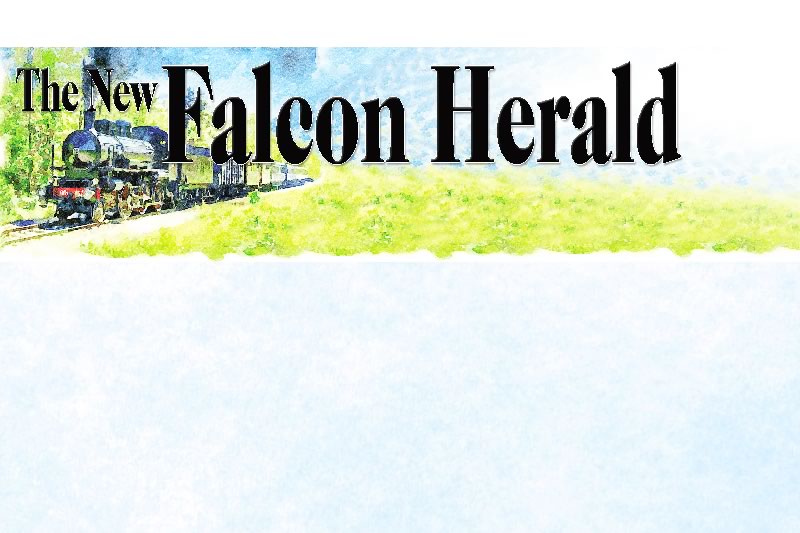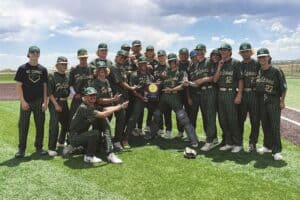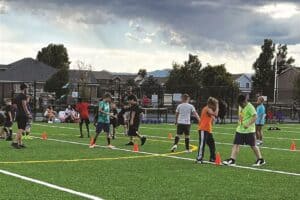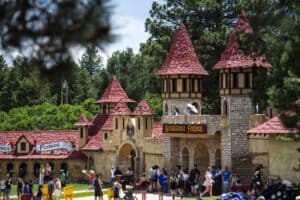Since the beginning of time, birds have been an important source of food and sport for the human race. Being quite abundant in almost every section of the planet, they have graced more than a few dinner tables throughout history.From peacocks that were meticulously skinned, cooked and then “redressed” to sit as a rather roasted beauty on the medieval king’s banquet table to tiny squab pigeon that went for high prices in high-end restaurants, they have provided a practical food source.Many bird species were easily domesticated, and some were more easily caught, such as the poor Dodo, whose extinction was caused by hungry sailors who found the Dodo easy catching because of their tameness.The invention of shotguns is probably what sparked interest in birds as sport. Until then, birds were too difficult to kill without traps or nets of some kind. However, with shotguns, hunters were able to bring down birds with nothing more than a fair amount of skill with the gun, if they could track them down.The birds that were best eating were some of the most difficult to find, and man discovered that he needed someone or something to help. He didn’t want to swim halfway across a river to retrieve a duck. Thus, we received some of our most beloved dog breeds. The cheerful Golden Retriever, the friendly, handsome Labrador, the sensitive Irish Setter, the German Pointer and many more were developed for the purpose of hunting birds.Unfortunately, the ability to kill birds with a gun quickly became an abused privilege. Market hunters shot birds by the thousands, with restraint. Wood Ducks, considered by many to be North America’s most beautiful bird, were shot with large caliber guns mounted on rafts. A single shot could kill 50 ducks or more. Soon, they were almost extinct, as were the Passenger Pigeons. The Wood Ducks have staged a wonderful comeback under the careful protection of agencies like Ducks Unlimited, the wildlife divisions of the government and the heroic efforts of conservationists such as J.N. Ding Darling. The Passenger Pigeons were less fortunate. An excerpt from “The Birds of North America” describes a flock seen by John James Audubon in 1813.”Audubon states that in the autumn of 1813 he left his house at Henderson, on the banks of the Ohio, a few miles from Hardensburgh to go to Louisville, Ky. He saw that day what he thought to be the largest flight of wild pigeons he had ever seen. The air was literally filled with them and the ‘light of noonday was obscured as by an eclipse.’ Before sunset he reached Louisville, 55 miles from Hardensburgh, and during all that time pigeons were passing in undiminished numbers.This continued for three days in succession. The people were all armed, and the banks of the river were crowded with men and boys, incessantly shooting at the pigeons, which flew lower as they passed the river. For a week or more the people fed on no other flesh than pigeons. Audubon estimated the number of pigeons passing overhead (in a flock one mile wide) for three hours, traveling at the rate of a mile a minute, allowing two pigeons to the square yard, as over a billion, and this was only a small part of a three-day flight.Today, there is not a single one left alive, due to the hunters’ ruthlessness. Though we may complain about some of the governmental restrictions, we should at least be grateful and support them in their attempts to manage the wildlife, for they have done a great deal of good.







